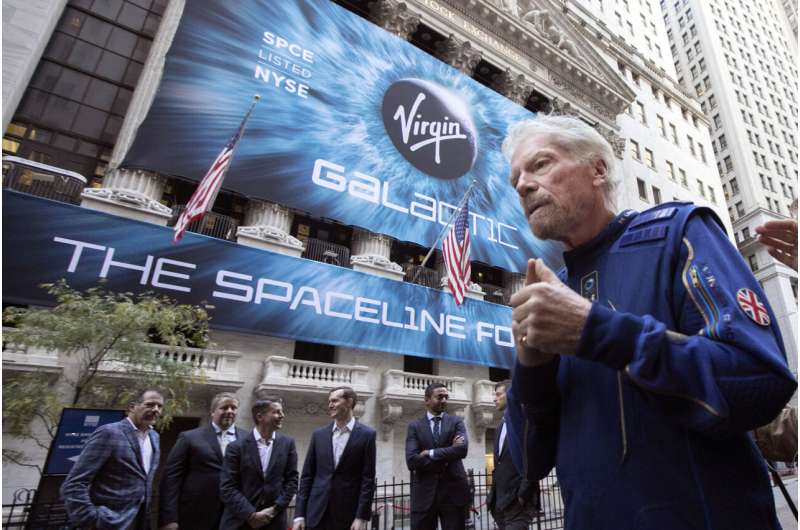
Copernical Team
SpaceX launches 88 satellites on rideshare mission
 SpaceX successfully launched 88 small satellites from Florida on Wednesday after postponing the mission Tuesday because of an airplane in the launch area.
The Falcon 9 rocket on the Transporter-2 rideshare mission lifted off at 3:31 p.m. EDT from Complex 40 at Cape Canaveral Space Force Station. SpaceX confirmed all satellites were deployed properly almost 90 minutes after liftoff.
SpaceX successfully launched 88 small satellites from Florida on Wednesday after postponing the mission Tuesday because of an airplane in the launch area.
The Falcon 9 rocket on the Transporter-2 rideshare mission lifted off at 3:31 p.m. EDT from Complex 40 at Cape Canaveral Space Force Station. SpaceX confirmed all satellites were deployed properly almost 90 minutes after liftoff. Virgin Orbit launches 7 small satellites from jumbojet
 Launch company Virgin Orbit sent seven satellites into space on Wednesday from a rocket carried by a jet plane over the Pacific Ocean.
The Cosmic Girl jet, a modified 747, took off at 9:53 a.m. EDT from Mojave Air and Space Port about 90 miles north of Los Angeles.
Just under an hour later, the LauncherOne rocket dropped from the wing of the jet. Seconds after release, the rocket
Launch company Virgin Orbit sent seven satellites into space on Wednesday from a rocket carried by a jet plane over the Pacific Ocean.
The Cosmic Girl jet, a modified 747, took off at 9:53 a.m. EDT from Mojave Air and Space Port about 90 miles north of Los Angeles.
Just under an hour later, the LauncherOne rocket dropped from the wing of the jet. Seconds after release, the rocket Webb passes key launch clearance review

The international James Webb Space Telescope has passed the final mission analysis review for its launch on an Ariane 5 rocket from Europe’s Spaceport in French Guiana.
Global Space Markets Challenge application deadline extended to 30 July

Start-up companies and SMEs make a significant contribution to building a globally competitive European space sector. To support these entities in their internationalisation efforts, ESA has organised a Global Space Markets Challenge and further extended the deadline for applications to 30 July.
Assembly of satellite to track world's water shifts from US to france
 Set for launch next year, the Surface Water and Ocean Topography mission will help scientists monitor Earth's ocean, as well as the amount of fresh water in its lakes and rivers.
The Surface Water and Ocean Topography (SWOT) mission took a big step toward launch this week when a team at NASA's Jet Propulsion Laboratory in Southern California shipped the scientific heart of the satellite to
Set for launch next year, the Surface Water and Ocean Topography mission will help scientists monitor Earth's ocean, as well as the amount of fresh water in its lakes and rivers.
The Surface Water and Ocean Topography (SWOT) mission took a big step toward launch this week when a team at NASA's Jet Propulsion Laboratory in Southern California shipped the scientific heart of the satellite to Satellites launched to boost connectivity and create jobs
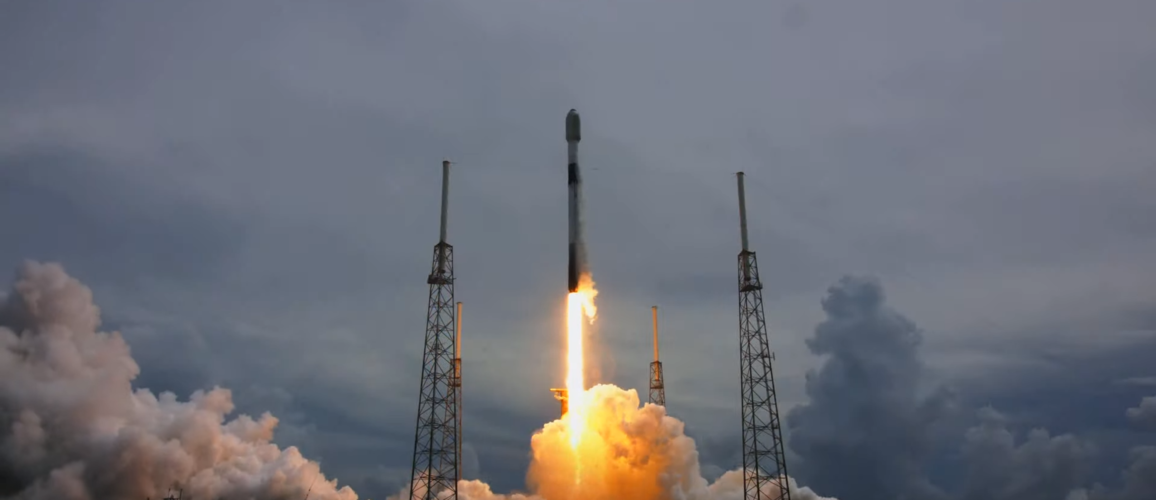
Three more nano-satellites have been launched as part of ESA’s efforts to boost the European space industry, fostering innovation and creating jobs.
Russia races Tom Cruise and Musk for first movie in space
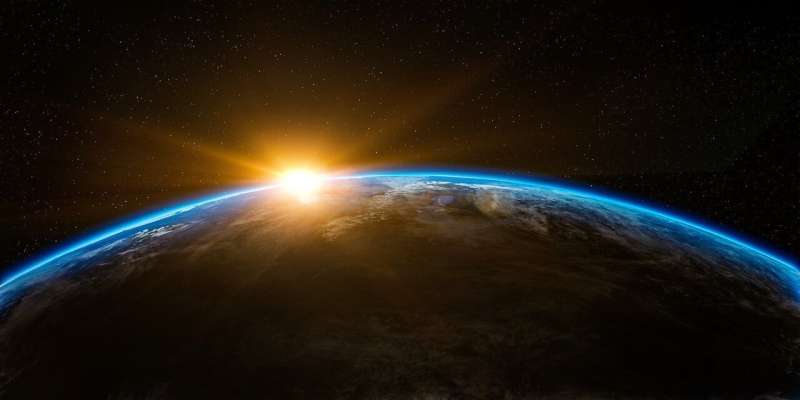
Six decades after Soviet cosmonaut Yuri Gagarin became the first human to orbit Earth, earning Moscow a key win in the Cold War, Russia is again in a space race with Washington.
This time though the stakes are somewhat glitzier.
On October 5, one of Russia's most celebrated actresses, 36-year-old Yulia Peresild is blasting off to the International Space Station (ISS) with film director Klim Shipenko, 38.
Their mission? Shoot the first film in orbit before the Americans do.
If their plan falls into place, the Russians are expected to beat Mission Impossible star Tom Cruise and Hollywood director Doug Liman, who were first to announce their project together with NASA and Space X, the company of billionaire Elon Musk.
"I really want us to be not only the first but also the best," Peresild told AFP, with the clock ticking down to the planned October 5 blast-off from the Baikonur Cosmodrome in Kazakhstan.
The Call—the Russian project's working title—was announced in September last year, four months after the Hollywood project.
But apart from its grand ambitions, little is known about the film.
Russian cargo ship lifts off for International Space Station
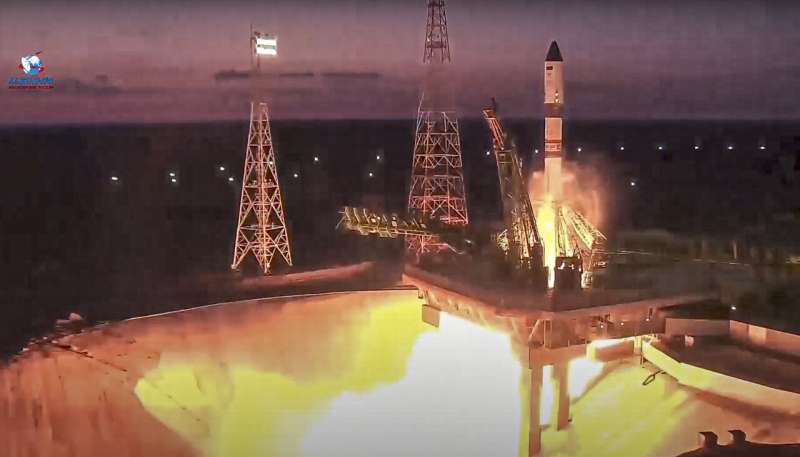
Branson's Virgin Orbit launches 7 satellites from 747 plane
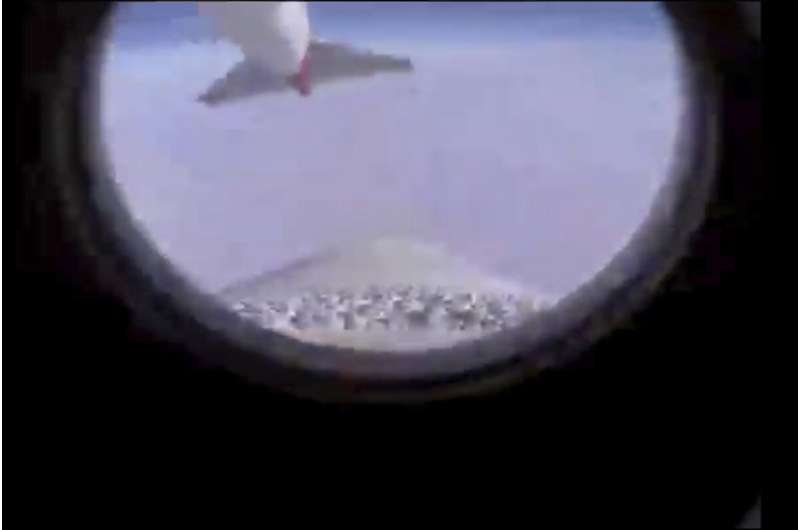
Richard Branson's Virgin Orbit delivered satellites from three countries into space Wednesday, its second successful rocket launch from a plane.
Branson mum on when he'll launch to space on Virgin Galactic
